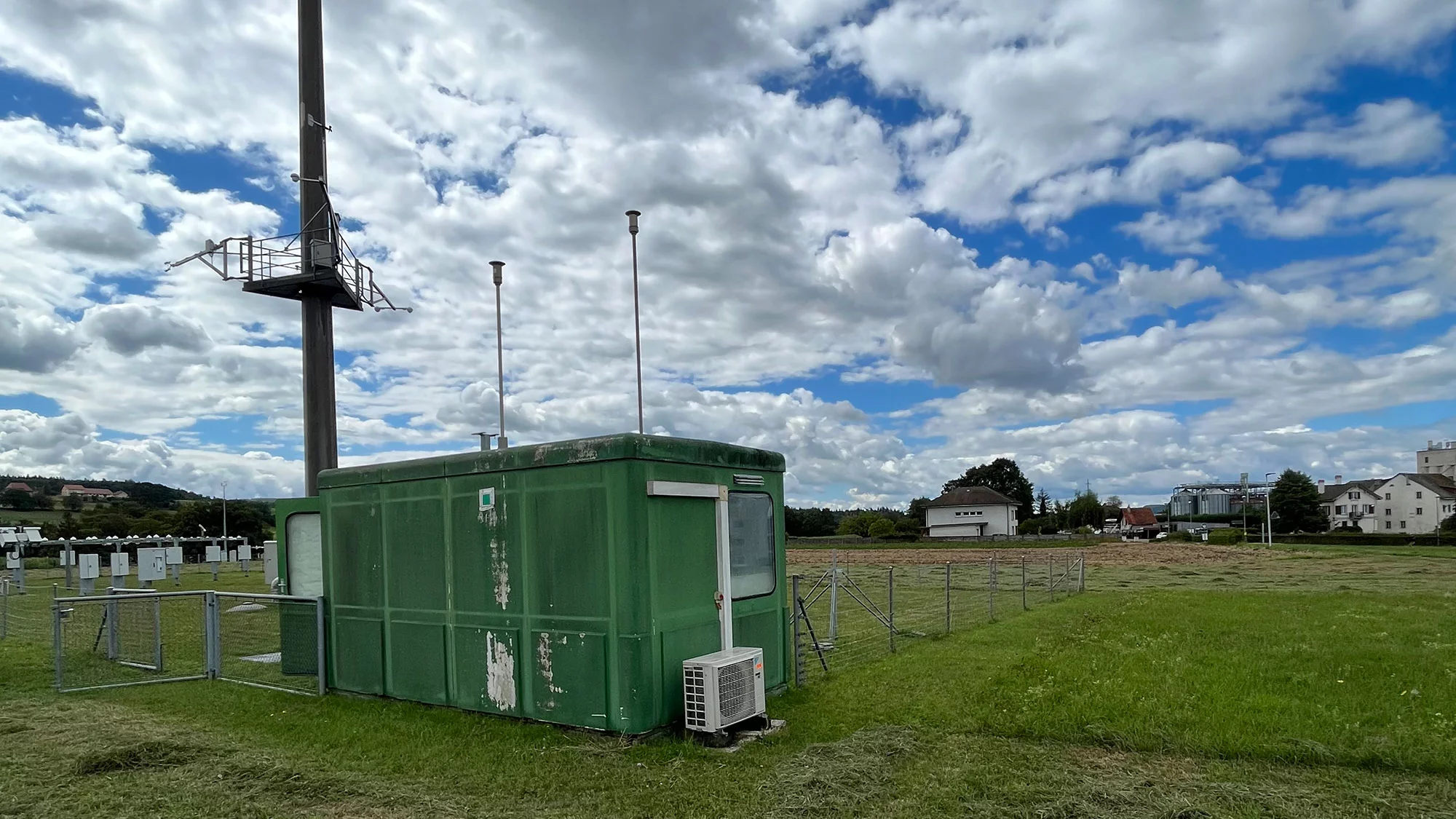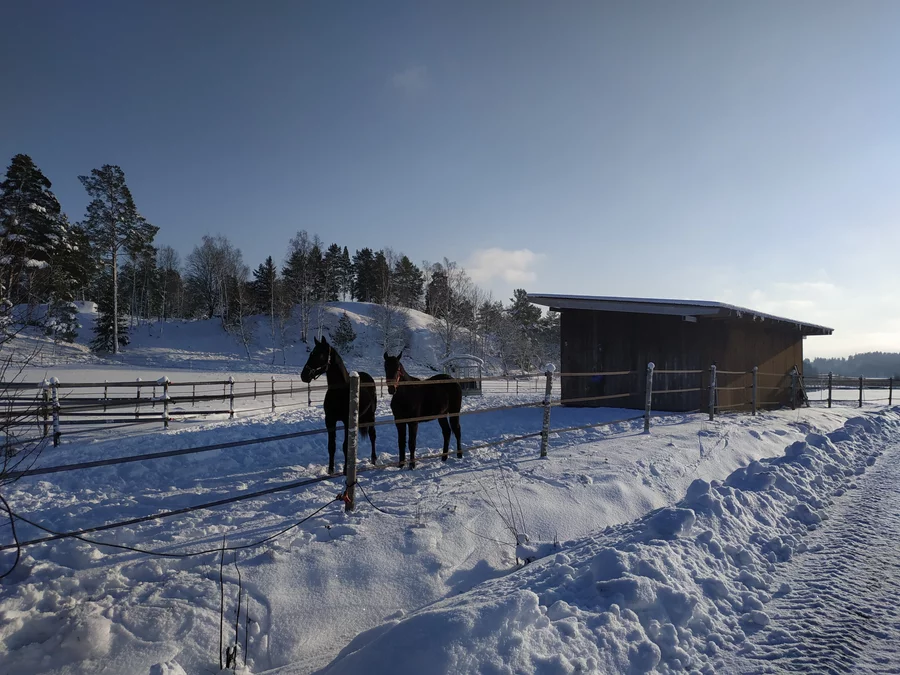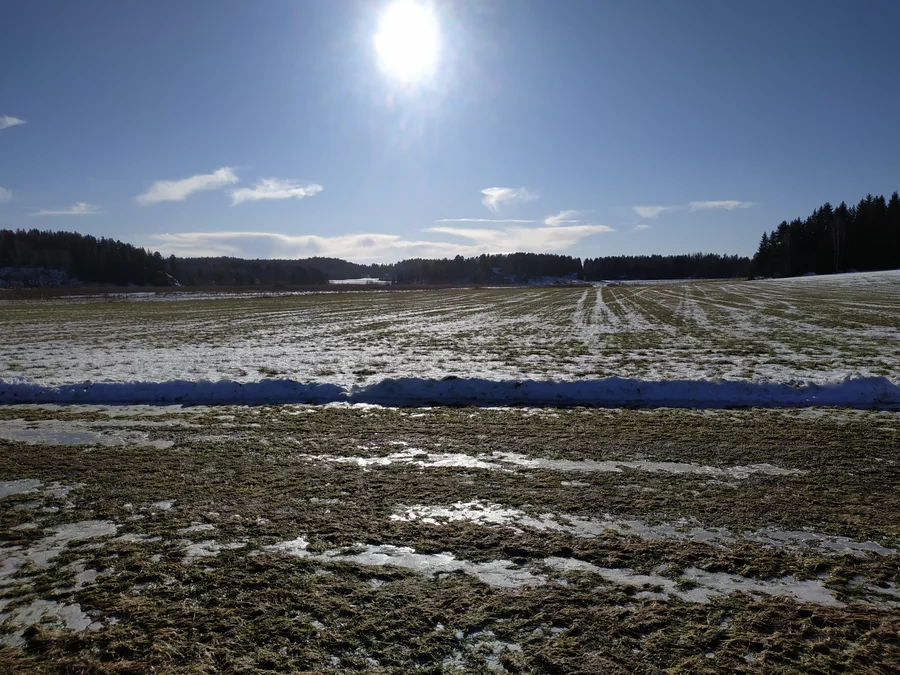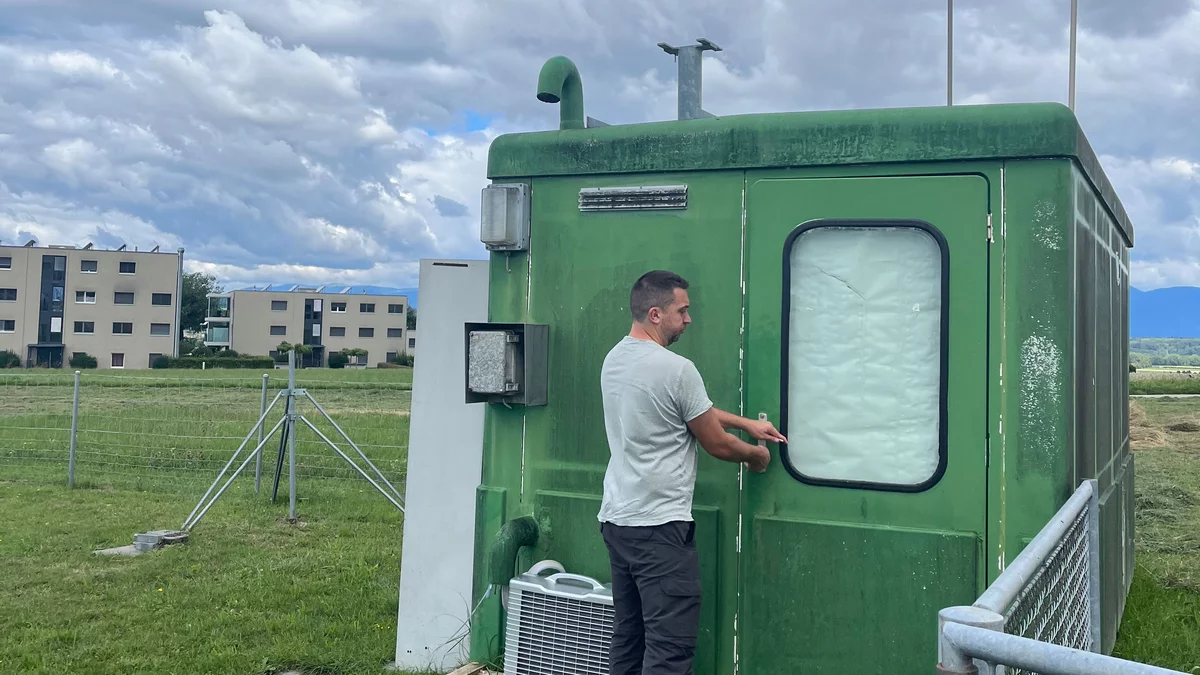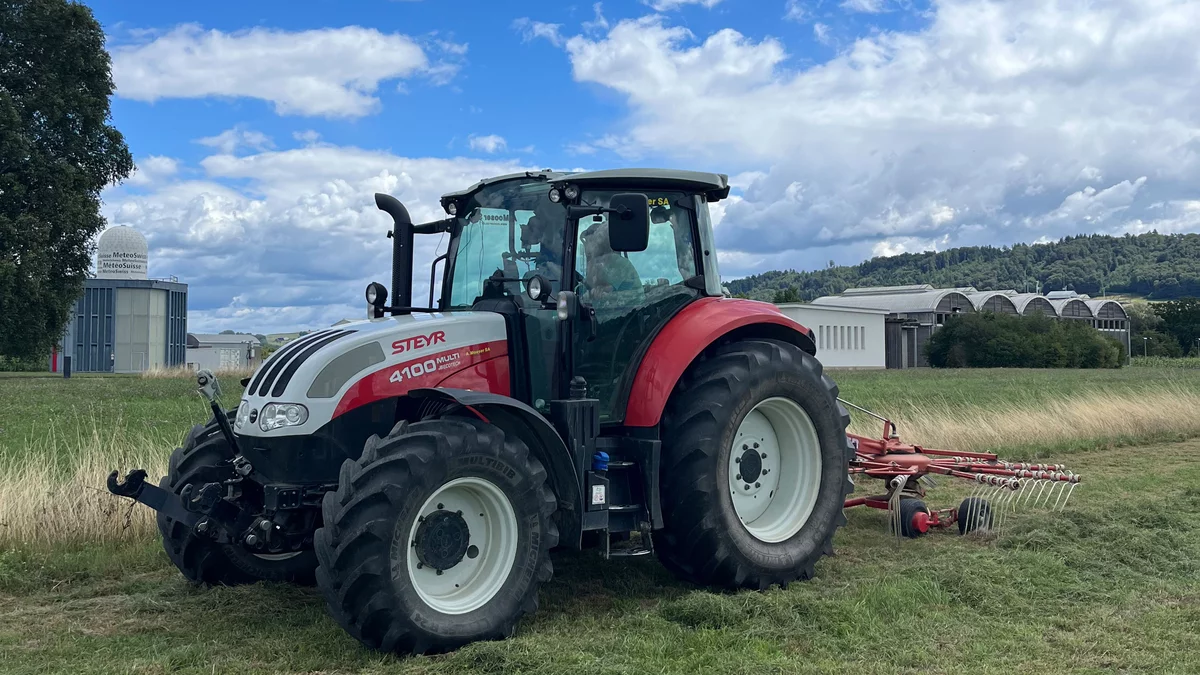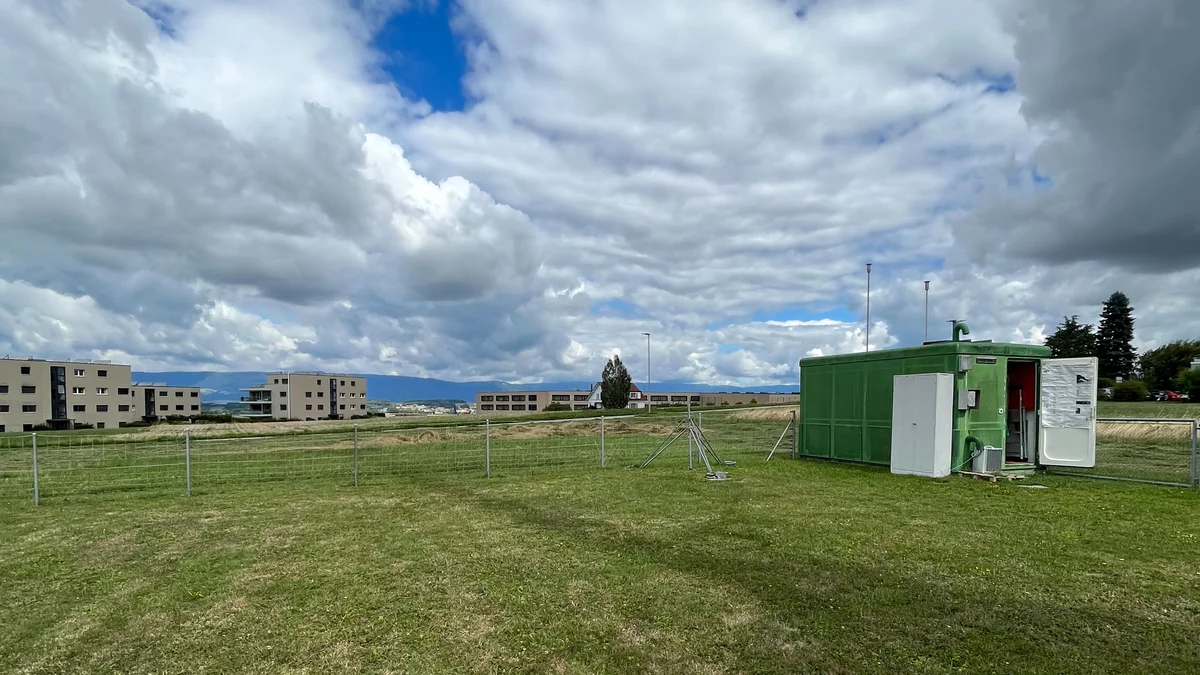The big challenges our planet faces—like climate change, food supply, water, and biodiversity—are all interlinked. While agriculture continues to be the primary source of food for human kind, it imposes climate challenges especially through emissions like greenhouse gases and ammonia. To solve this, we need a new approach that reduces the harmful effects of farming on the climate.
Lubna Dada, an atmospheric scientist at the Laboratory of Atmospheric Chemistry at PSI led a study together with colleagues from the University of Helsinki, on emissions from a farmland in Southern Finland. The study found that soil releases vapours such as ammonia and amines. These vapours react with sulfuric acid, which forms dominantly from human-related activities emitting SO2, to create tiny particles in the air, in a process called new particle formation. The freshly formed particles grow via the condensation of other vapours emitted from vegetation and can help cool the climate. Surprisingly, the team found that the farmland is 10 times more efficient at producing such particles than nearby forests. The intense production of aerosol particles, combined with improved agricultural practices, which enhance the capability of the soil to absorb carbon, could change how we think about the role of agriculture as solely causing warming effects to our planet. The findings were recently published in the journal of Royal Society of Chemistry, Environmental Sciences: Atmospheres: https://doi.org/10.1039/D3EA00065F
Photos from Qvidja farm in Finland where intense particle formation events have been observed. Photos are taken by Magdalena Okuljar (University of Helsinki). More information on the measurement location can be found at the Qvidja Farm website.
Do we expect soil emissions in Switzerland to trigger coolant particles formation?
‘Agriculture plays an even more important role in Switzerland occupying more than 35% of its land area, which makes studying the emissions from agriculture in Switzerland and their role in particle formation, not only interesting but also pressing.’ – adds Dada. The team at the Laboratory of Atmospheric Chemistry (LAC) at PSI are exploring these processes at a typical rural location in Switzerland, surrounded by crop, grass, and agricultural lands.
Microphysical, chemical and optical properties of aerosol particles are measured continuously by the LAC team at Payerne Aerological Station. The advantage of this site is that the complementary variables are continuously being monitored. The Station of Payerne is operated by the Federal Office of Meteorology and Climatology MeteoSwiss. Observations include continuous remote sensing profiling of atmospheric parameters and clouds. MeteoSwiss also operates microwave radiometers and Doppler lidars and radars and performs radio soundings twice a day providing high-quality temperature, humidity and wind profiles. ‘PSI adds a range of in situ aerosol observations to determine aerosol physical, optical and chemical properties as part of the activities related to the ACTRIS network (Aerosol, Clouds and Trace Gases Research Infrastructure, https://www.actris.ch/ ).’- says Martin Gysel-Beer team leader and environmental physicist. ‘Our aim is to demonstrate how reductions of anthropogenic pollutant emissions improve air quality and to determine the role aerosols play in weather extremes and climate variability.’ – adds Gysel-Beer. Payerne is also an attractive station to several Switzerland-based scientists interested in air quality and climate change.
‘So far, we observed new particle formation events occurring in Payerne, with varying intensities.’- says Dada. The team is now interested in identifying the sources of the vapours responsible for these events, and the contribution of the natural and anthropogenic sources to the total burden of ultrafine particles in this typical rural location in Switzerland.
Payerne, canton of Vaud, Switzerland (46° 48 N, 6° 56 E; 456 m a.s.l.). The location is a typical Swiss rural location, subject to lower pollution levels compared to surrounding cities. The measurement location is surrounded by croplands and grasslands which emit gases and particles relevant to our climate studies. Our measurements of particles and gas chemical composition are adjacent to MeteoSwiss Aerological station of Payerne which has a comprehensive program of surface and profiling measurements.
Photos: Lubna Dada
The Payerne measurement station in Switzerland is a Swiss Midland National Facility part of the international project: ACTRIS (The Aerosol, Clouds and Trace Gases Research Infrastructure).
Visit our website and stay up to date with our latest research news:


